
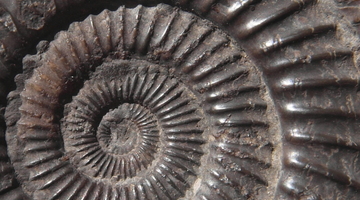
“How old is it?” is one of the first questions you’ll probably ask when you see an interesting rock or fossil. It’s certainly one of the first things that a geologist wants to know. As you’ll ...
READ MORE
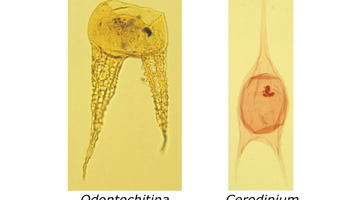
Dinosaurs used to live in New Zealand. We know this because their fossils have been found in a few places. The fossils of a number of different dinosaurs were found at the Mangahouanga Stream, in ...
READ MORE
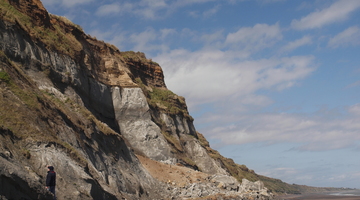
The study of fossils, combined with accurate dating, gives us a detailed picture of climate and environment changes in New Zealand over the last few million years. Rights: The University of ...
READ MORE
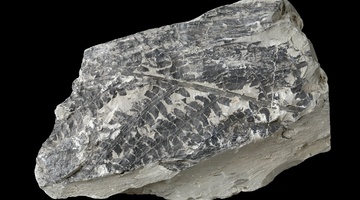
In this activity, students date fossils from one site by matching them to fossils already dated somewhere else. They use real data from Mangahouanga, made famous by paleontologist Joan Wiffen. By ...
READ MORE

Scientists have a variety of methods to use when they try to date a rock or a rock layer. Scientists choose the method that best suits their material – they might use relative or absolute dating ...
READ MORE
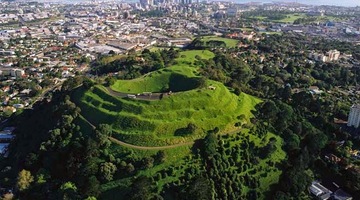
In this activity, students read the book Rangitoto by Maria Gill and Heather Arnold (ISBN 978 014 350334 7). Using the information, they write their own story of Rangitoto, from the point of view ...
READ MORE
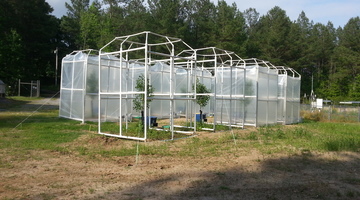
By comparing some features of fossilised plants with the same features of plants living today, scientists hope to be able to learn more about the effect of changing carbon dioxide (CO2) levels in ...
READ MORE
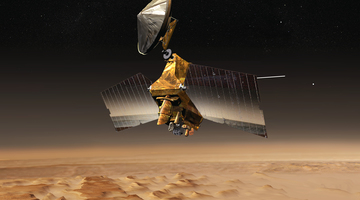
The Planet Four online citizen science project is designed to assist planetary scientists to identify and measure features on the surface of Mars that don’t exist on Earth. Help is needed to ...
READ MORE
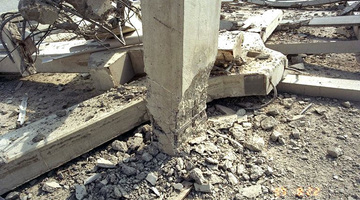
About 14,000 earthquakes are recorded in and around Aotearoa New Zealand every year. Canterbury’s 7.1 and Kaikōura's 7.8 magnitude earthquakes and subsequent aftershocks show the constant threat ...
READ MORE
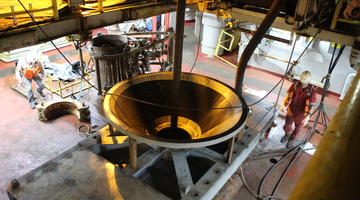
In this recorded professional learning session, Lyn Rogers and guest Aliki Weststrate from GNS Science explore some of the science involved in building our understandings of natural hazards ...
READ MORE
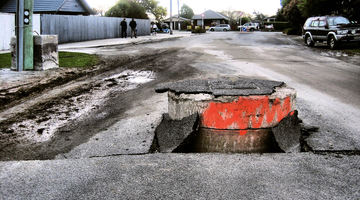
This online PD session, recorded on 18 February 2015, focuses on using Science Learning Hub earthquake resources to plan an Earth and Space science unit. It models how a variety of resources can ...
READ MORE
Joan Wiffen and colleagues were famous for finding fossils at Mangahouanga Stream, in north-west Hawke’s Bay. Dr James Crampton, paleontologist at GNS Science, outlines some of the marine ...
READ MORE
Dr James Crampton, paleontologist at GNS Science, explains how relative dating was used to determine that dinosaur and other fossils found in north-west Hawke’s Bay were from the Cretaceous ...
READ MORE
Watch this animated video and find out more on how sedimentary rock near Whanganui records 50 cycles of sea level change, each lasting up to 100,000 years. Rocks were formed during warm ...
READ MORE
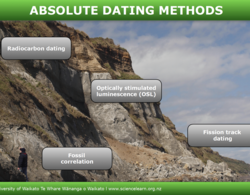
Absolute dating methods give rocks an actual date or date range in numbers of years. This interactive explores four different methods used in absolute dating.
READ MORE

Test your knowledge of absolute dating methods for the layers of rock in a cliff.
READ MORE
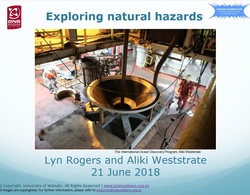
This is the slideshow that supports the Exploring natural hazards PLD webinar. Use the Slideshow menu for further options, including view full screen, and go here for the download option.
READ MORE